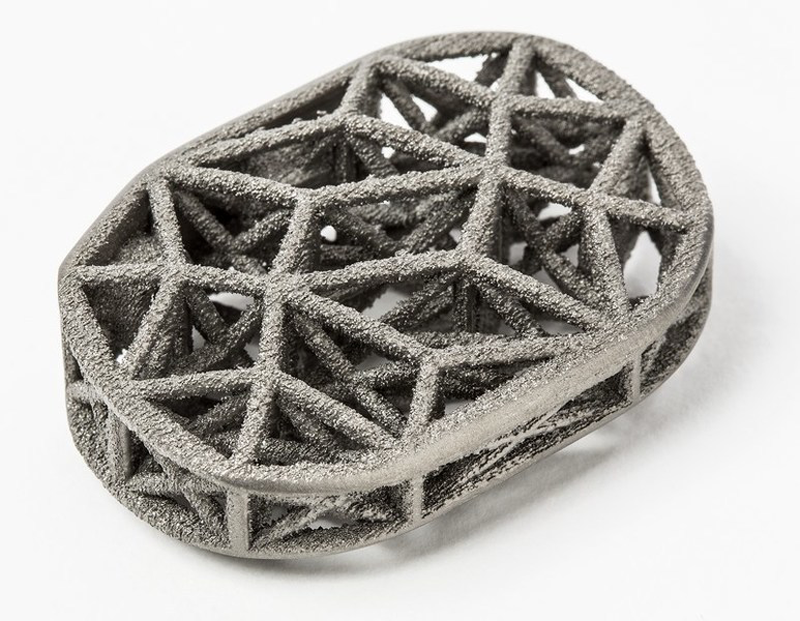It’s no doubt that 3D printing has been having a huge impact on the field of medicine. If you read 3DPI regularly, you’ll have encountered stories of 3D printed implants, surgical prep models, and low-cost prosthetics on the daily. It should be of no surprise then that, today, at the North American Spine Society Annual Meeting in San Francisco, 4WEB Medical announced the implantation of over 3,000 3D-printed orthopedic truss implants.
4WEB may be the first company to receive FDA clearance for a 3D printed spinal implant for its Cervical and ALIF interbody devices. The company has now implanted more than 3,000 printed orthapedic trusses, which, thanks to their open truss design, encourage healing. 75% of the implant can be filled with graft material, to ensure that it is incorporated into the bone as much as possible. The ALIF device also features a bi-convex surface, which joins the implant to the existing bone with even more surface area, encouraging the implant to become fixed to the bone.
4WEB Medical President, Jessee Hunt, said of the company’s number of implants, “Crossing the 3,000 implant milestone is a significant accomplishment for our company. It is a testament to our surgeons’ positive clinical experience with truss implant technology and the role it may play in achieving better outcomes for their patients.” Dr. Cameron Carmody, an orthopedic spine surgeon in Plano, Texas, speaks to the technology, “The 4WEB Medical Spine Truss Systems are differentiated from other fusion implants currently on the market because the structural mechanics of the truss implants are designed to distribute loads across the entire endplate and throughout the device. This is significant because these implants may reduce stress risers and subsidence-related complications and potentially stimulate a cellular response through a mechanical transduction of strain.”
The company plans to seek FDA approval for an even greater number of their 3D printed implants in the first half of next year, including their TLIF, PLIF, OLIF, and Lateral spine truss designs. The news from 4WEB speaks to the continued growth of 3D printing in the medical industry and, in the near future, 3D printing may be seen as standard practice in the creation of medical implants.



